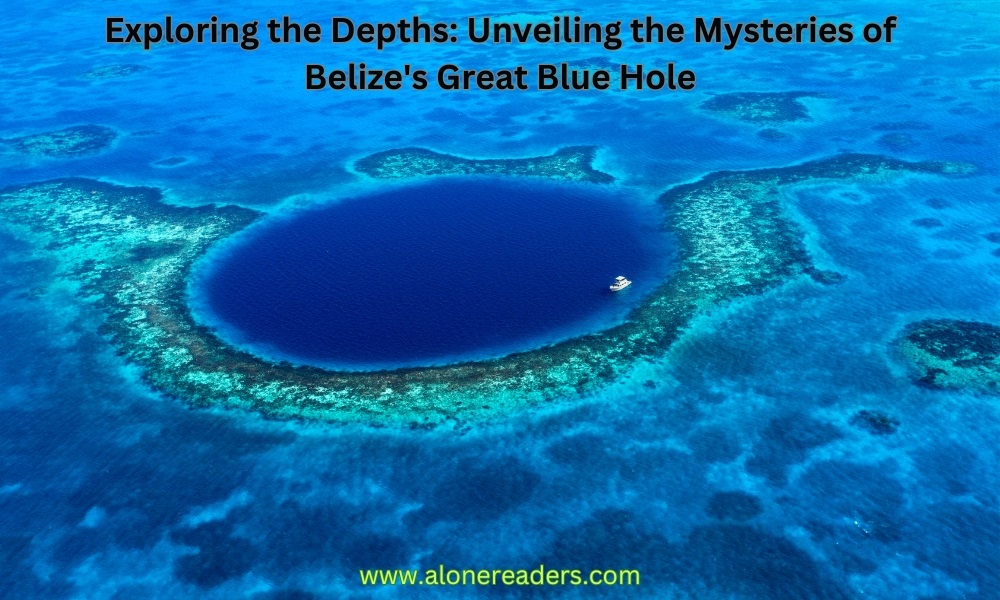
The Great Blue Hole of Belize is a natural marvel that has captivated the imagination of divers, scientists, and nature enthusiasts alike. Located near the center of Lighthouse Reef, a small atoll 70 km from the mainland and Belize City, this giant marine sinkhole measures about 300 meters across and 124 meters deep. Formed during the last ice age, the Great Blue Hole is a part of the larger Belize Barrier Reef Reserve System, a UNESCO World Heritage Site.
Understanding the Great Blue Hole's Formation
This subaquatic enigma owes its existence to a series of quaternary glaciation events. During these periods, sea levels were much lower, and the limestone bed that forms the current structure was above the water. As the climate warmed, the ice caps melted, and the sea level rose, flooding the limestone cave and leading to the formation of the Great Blue Hole.
Marine Life and Coral Structures
Despite its seemingly foreboding appearance, the Great Blue Hole supports a unique ecosystem. Divers can spot a variety of marine life, including midnight parrotfish, Caribbean reef sharks, and even the rare hammerhead shark. The hole's walls are lined with stalactites and stalagmites, formed over thousands of years.
Diving into the Abyss: What to Expect
For scuba divers, the Great Blue Hole is a bucket-list destination. The crystal-clear waters offer visibility up to 30 meters on a good day. Diving here isn't just about what you can see; it's also about the experience of descending into the Earth's belly. The dive generally includes exploring the stalactite formations at a depth of around 40 meters.
Challenges and Safety Measures
Given its depth and complexity, diving in the Great Blue Hole is recommended for experienced divers. Safety measures include dive planning, checking equipment, and ensuring proper training for handling the depth and potential strong currents.
Understanding Climate History Through Stalactites
The Great Blue Hole provides an invaluable resource for scientists studying Earth's climatic history. The stalactites and stalagmites formed within the hole offer clues about the patterns of historical climate change, giving scientists a better understanding of our planet's environmental past.
Conservation Efforts: Protecting a Natural Wonder
Conservation of the Great Blue Hole and its surroundings is crucial. Being a part of the Belize Barrier Reef Reserve System, it's under the protection of various conservation laws and initiatives. These efforts ensure the preservation of its unique biodiversity and geological structure for future generations.
Balancing Tourism and Preservation
While tourism plays a significant role in Belize's economy, it's vital to balance it with conservation efforts. Regulated tourism helps in spreading awareness and generating funds for conservation, but uncontrolled tourism can lead to environmental degradation.
Experiencing the Great Blue Hole: For Non-Divers
For those who don't dive, there are other ways to experience the Great Blue Hole. Aerial tours offer a breathtaking bird's-eye view of this natural wonder, revealing its stunning contrast with the surrounding turquoise waters.
The Great Blue Hole stands as a testament to the wonders of the natural world and the intricate history of our planet. Whether you're diving into its depths, studying its geological significance, or simply admiring its beauty from above, the Great Blue Hole remains one of Belize's most mesmerizing and enigmatic attractions.